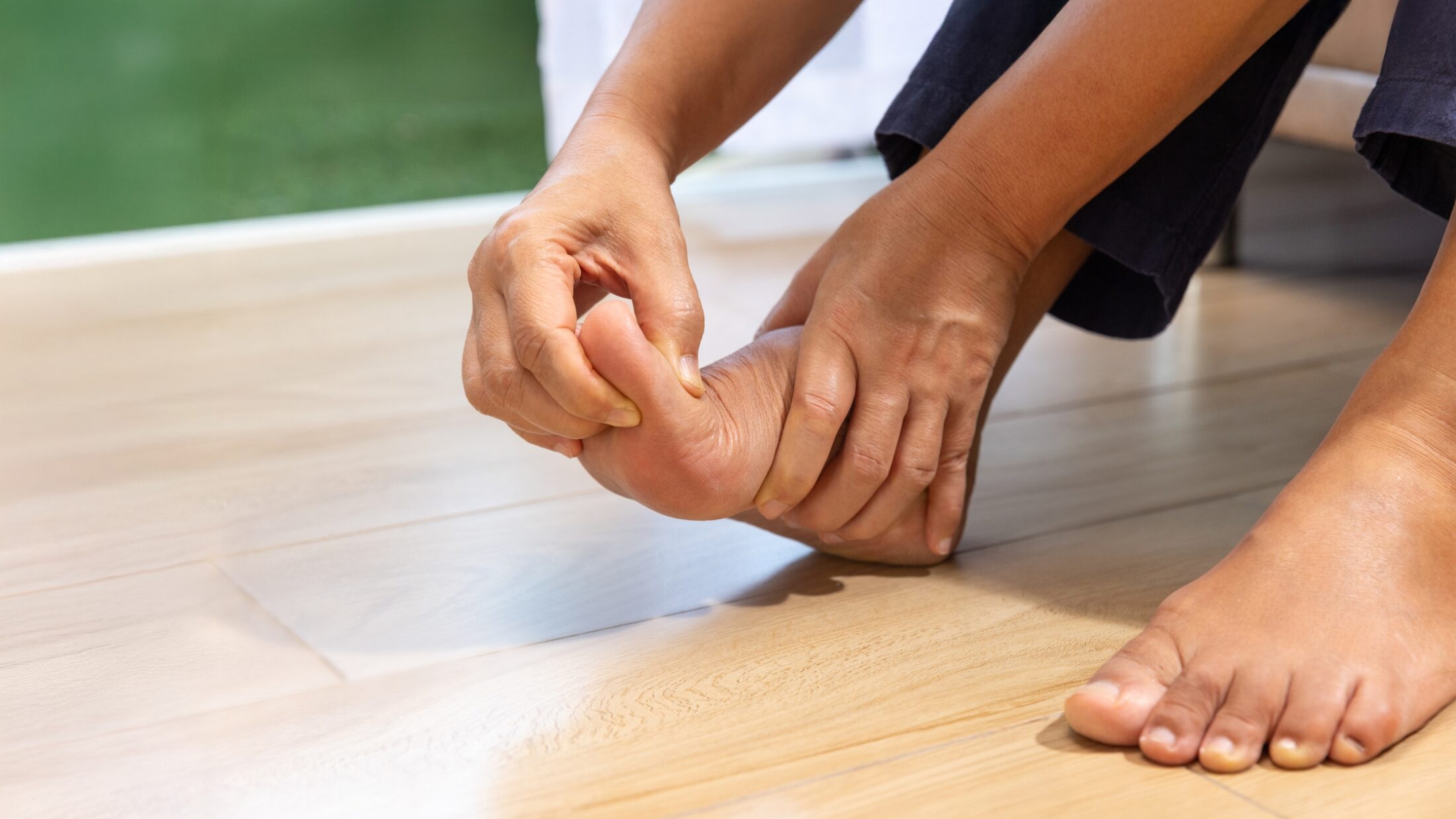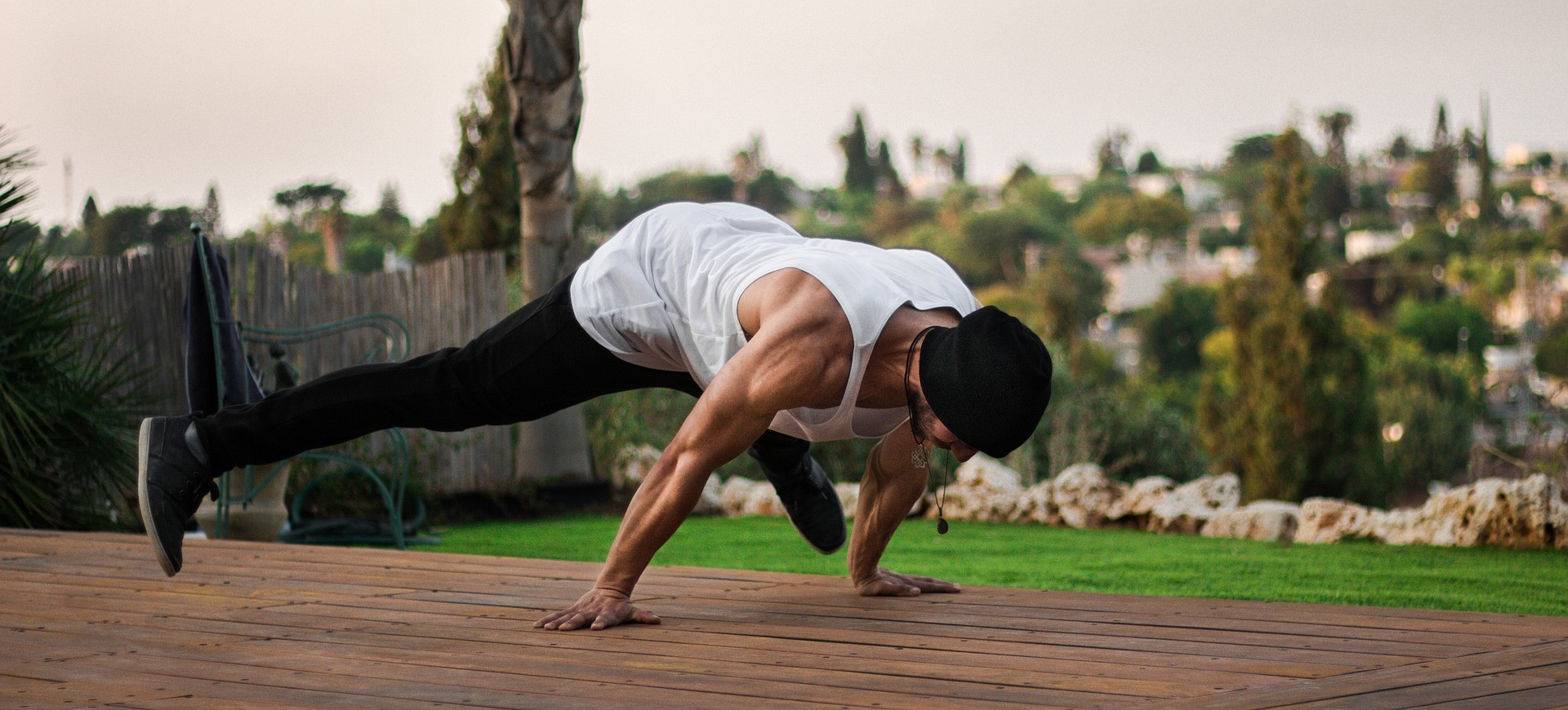Most of us don’t give much thought to our feet, until they start to hurt. Yet foot pain is far more common than people realize, and it can affect everything from how comfortably we walk to the way our whole body feels.
Here’s a fun fact: the average person takes 8,000 to 10,000 steps a day, which adds up to more than 100,000 miles over a lifetime. That’s the equivalent of walking around the Earth about four times. With that kind of mileage, it’s no wonder our feet occasionally protest.
Because they work so hard every single day, even small issues in our feet can grow into bigger problems if they’re ignored. Many of these issues can be managed, or even prevented, with the right support.
Why Foot Health is Often Overlooked
Our feet carry us through every part of life, yet they’re often the part of the body we pay the least attention to. We might stretch our backs, strengthen our core, or pamper our hands, but feet? They usually get little more than a quick pair of socks and shoes.
The trouble is, neglecting our feet doesn’t just stop at sore arches or tired toes. Because everything in the body is connected, problems in the feet can ripple upward, affecting the ankles, knees, hips, and even the lower back. A small misalignment down at ground level can eventually throw off posture, movement, and overall comfort.
It’s worth remembering just how remarkable our feet are. Leonardo da Vinci once described the human foot as “a masterpiece of engineering” (source). And he wasn’t exaggerating: each foot contains 26 bones, 33 joints, and over 100 muscles, tendons, and ligaments, all working together in perfect coordination.
With such intricate design, it’s no surprise that when something goes wrong, it can impact the rest of the body.
Common Foot Problems (and How Orthotics Can Help)
Our feet can face all kinds of challenges over the years. Some issues are caused by overuse, others by the way our feet are shaped, and sometimes by underlying health conditions. Orthotics can make a big difference in keeping pain under control and preventing further strain.
Together, the below conditions show just how many different ways foot health can impact our daily lives. Orthotics may not cure every issue, but they often provide comfort, alignment, and protection that keep small problems from becoming big ones.
Plantar Fasciitis (Heel Pain)
If you’ve ever woken up and felt sharp heel pain with your first few steps, you might have experienced plantar fasciitis. This happens when the thick band of tissue under the foot (the plantar fascia) becomes inflamed.
- Why it happens
Repeated stress on the fascia, often from long hours of standing, walking on hard surfaces, or wearing unsupportive shoes. Runners and people who suddenly increase their activity level are especially prone to it. - How orthotics help
Orthotics redistribute pressure across the foot, reducing strain on the fascia so it can rest and recover. By giving your heel and arch proper support, they also help prevent flare-ups.
Did you know? Pain is often worst in the morning because the fascia tightens while you sleep, then stretches suddenly with those first steps.
Flat Feet & Fallen Arches
Flat feet occur when the arches of the feet collapse, causing the entire sole to touch the ground. This can lead to overpronation (feet rolling inward too much) and knock-on effects up the body.
- Why it happens
Some people are simply born with flat feet. Others develop them gradually over time due to age, injury, weight changes, or even pregnancy (since ligaments can loosen with hormonal shifts). - How orthotics help
Orthotics provide much-needed arch support, improve alignment, and reduce stress on ankles, knees, and hips. They’re especially useful in preventing overpronation, where feet roll inward too much.
Did you know? Babies are all born with flat feet since arches typically don’t develop until around age six. If you watch a toddler walk, their footprint looks completely flat.
Bunions & Toe Pain
A bunion forms when the big toe joint becomes misaligned, creating a bony bump at its base. They can be painful, especially in narrow or tight shoes.
- Why it happens
Genetics often set the stage, but footwear choices (like narrow or high-heeled shoes) and conditions like arthritis can make bunions worse over time. - How orthotics help
Orthotics won’t make a bunion disappear, but they can reduce pressure on the joint, improve comfort, and slow progression by improving alignment. Combined with wider, supportive shoes, they can significantly reduce daily discomfort.
Did you know? Bunions are more common in women, partly because of fashion history. Tight, pointed shoes and high heels have long been associated with increased bunion risk.
Metatarsalgia (Ball of Foot Pain)
Metatarsalgia refers to pain in the ball of the foot, often described as sharp, burning, or like walking on pebbles. It can make standing, running, or even wearing certain shoes very uncomfortable.
- Why it happens
Often caused by excess pressure on the forefoot from high-impact activity, ill-fitting shoes, or conditions like hammertoes or arthritis. Athletes and people who spend a lot of time on their feet are especially vulnerable. - How orthotics help
Cushioned orthotic pads or inserts redistribute pressure away from the forefoot, absorbing shock and giving relief where it’s needed most. This can make everyday movement, and sports, much more comfortable.
Did you know? Metatarsalgia is nicknamed the “stone bruise” because it really does feel like you’re stepping on a hidden pebble inside your shoe.
Overpronation & Gait Imbalances
Everyone’s foot naturally rolls inward a little when walking or running. But when it rolls too much (overpronation), it throws off the alignment of the ankles, knees, and hips, leading to pain and a higher risk of injury.
- Why it happens
Flat feet, weak arches, or certain gait patterns can all lead to overpronation. Runners are particularly familiar with this issue, since repetitive motion amplifies the strain. - How orthotics help
Orthotics stabilize the foot, guiding it into a healthier position with each step. This helps improve posture, protect joints, and reduce the risk of repetitive stress injuries.
Did you know? Overpronation is one of the most common culprits behind shin splints in runners. A simple orthotic adjustment can sometimes be the difference between painful training and comfortable miles.
Diabetic Foot Concerns
Diabetes can affect circulation and damage nerves (neuropathy), making feet especially vulnerable. Even small blisters or cuts can go unnoticed and turn into more serious wounds if not treated.
- Why it happens
Reduced sensation combined with slower healing makes injuries riskier. Pressure points in shoes can also contribute to ulcers or sores. - How orthotics help
Specially designed orthotics reduce pressure points, support healthy circulation, and protect against skin breakdown. They can be a vital part of diabetic foot care.
Did you know? Chiropodist’s and Podiatrists often check patients’ feet first when screening for diabetes, it’s one of the body’s most reliable early warning systems.
How Orthotics Work
Beyond Just “Arch Support”
When most people think of orthotics, they picture a bit of extra arch support slipped into a shoe. While that’s part of it, orthotics actually do much more. They’re designed to guide the way your feet move, correcting biomechanics, improving posture, and distributing pressure evenly across the foot. In other words, they don’t just cushion your steps, they help your whole body move more efficiently.
Think of it like this, if the foundation of a house isn’t level, cracks eventually appear in the walls. Your feet are your body’s foundation, and orthotics help keep that foundation stable.
Off-the-Shelf vs. Custom Orthotics
There are generally two types of orthotics you’ll come across:
- Off-the-Shelf (Prefabricated):
- Widely available in pharmacies and shoe stores.
- More affordable and convenient to pick up.
- Can provide basic cushioning and mild support.
- Limitation: They’re made for the “average” foot, so they may not address your specific needs or fit perfectly.
- Custom Orthotics:
- Made specifically for your feet, usually based on a scan, mold, or gait analysis.
- Tailored to correct your unique biomechanics and relieve targeted pressure points.
- More durable and often more effective for chronic or complex issues.
- Downside: They cost more and usually require a professional fitting.
Both types can be useful, it just depends on whether you’re looking for general comfort or need a solution for a specific condition.
Orthotics aren’t only for people with foot pain or medical problems. Many athletes use them as a performance tool. A well-designed orthotic can:
- Improve running efficiency.
- Reduce the risk of overuse injuries.
- Provide stability during high-impact sports.
That’s why you’ll often find orthotics in the shoes of marathon runners, basketball players, and even professional dancers. They know that keeping their feet supported helps them train harder, recover faster, and avoid downtime from injuries.
At their core, orthotics are about more than comfort, they’re about long-term support for your whole body. By improving the way your feet move, they can make every step easier, whether you’re recovering from an injury, managing a condition, or simply staying active.
When to Consider Orthotics
So how do you know if orthotics might be right for you? Everyone’s feet are different, but there are a few clear signs that it could be time to look into extra support:
- Chronic or recurring foot pain that doesn’t go away with rest or a change of shoes.
- Uneven shoe wear, where the soles of your shoes wear down more on one side than the other (a clue your gait may be off).
- Recurring injuries like shin splints, knee pain, or back aches that could be linked to poor alignment.
- Tired, achy feet after even moderate activity, which may suggest your feet are working harder than they should.
It’s important to remember that orthotics aren’t a magic fix or a one-size-fits-all cure. Instead, they’re a tool in a bigger care plan. Depending on your needs, that plan might also include:
- Choosing proper footwear that supports your lifestyle.
- Simple stretches and strengthening exercises to keep muscles flexible.
- Lifestyle adjustments, like taking breaks from long hours of standing or wearing supportive shoes around the house.
When combined with these healthy habits, orthotics can make a big difference in reducing pain, preventing strain, and keeping your body in better balance. Think of them as one piece of the puzzle, not the whole picture.
Don’t Ignore What Your Feet Are Telling You
Foot pain might be common, but it’s not something you just have to live with. Our feet carry us through every part of life, and when they hurt, it can affect everything from how easily we move to how energetic we feel. The good news is that most foot problems can be managed, and often prevented, once you know what’s causing them.
Taking care of your feet is really about taking care of your whole body. Orthotics are one of the simplest tools to support comfort, balance, and long-term mobility, whether you’re dealing with a specific condition or just want to keep moving with ease.
If foot pain is slowing you down, it may be time for a professional assessment. Book a foot assessment with a Care-Med Certified Chiropodist.
Share This Story, Choose Your Platform!
Table of Contents
We specialize in orthotics, body braces, and compression wear tailored to your unique needs in Toronto. Reach out to us at info@caremed.care or call 416-782-5353 to book your fitting and consultation.
Experience the difference of customized solutions designed just for you.











